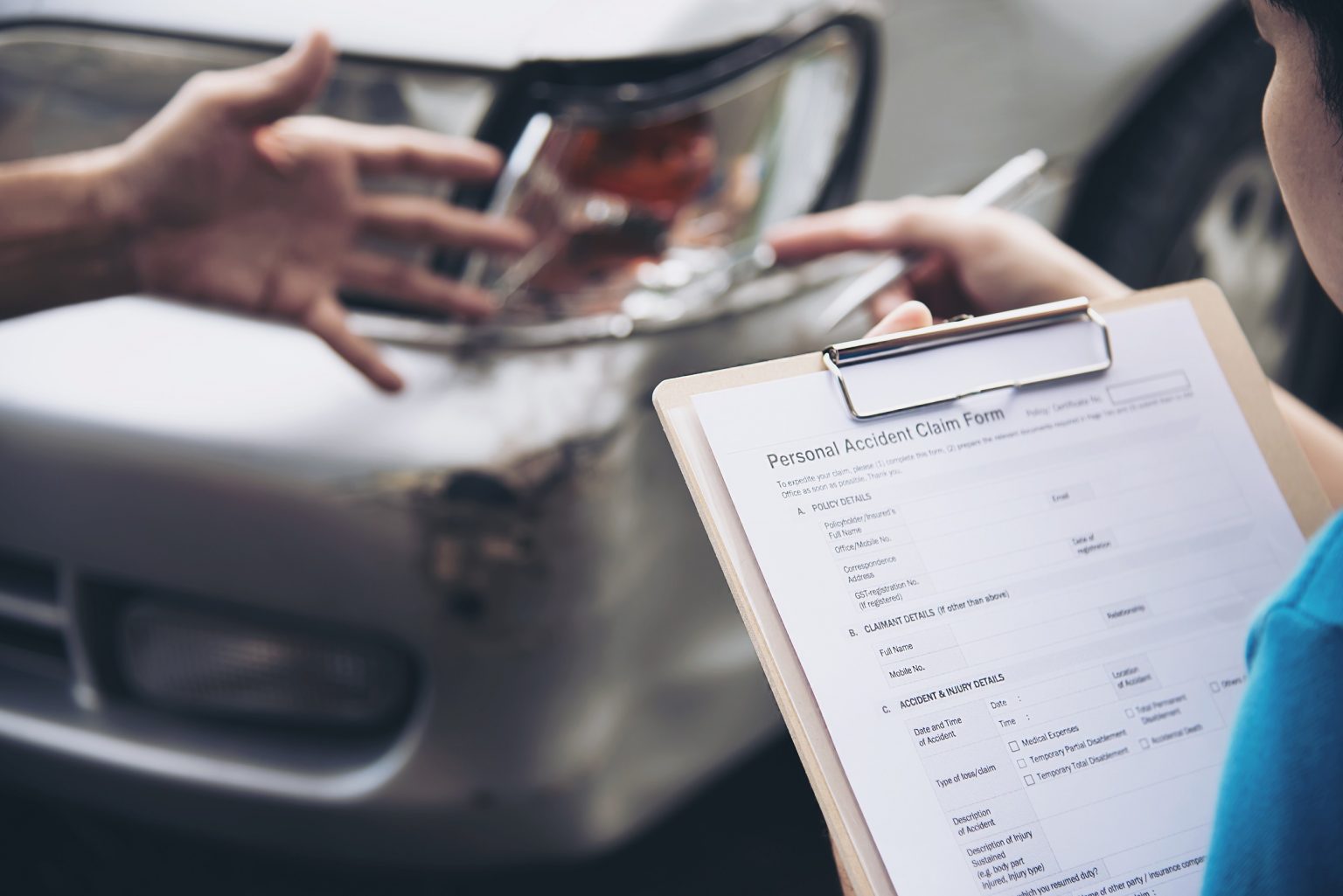

Home / Blog / Auto Insurance / What Is a Diminished Value Claim?

Your vehicle starts depreciating the second you drive it off the lot. This means, if you were to turn around and immediately sell it, you would lose money. But if your vehicle is involved in an accident, your vehicle’s value drops even more.
This is why there’s a process to help drivers recover some of the money they lose in accidents they didn’t cause. Keep reading for a detailed guide on diminished value claims, how to file one, and if they’re worth the effort.
Let’s get started.
Free Car Insurance Comparison - Save up to 30%
No junk mail. No spam calls. Free quotes.
No Signup required
The meaning of diminished value is simple, but pretty important to car owners. Diminished value refers to the difference in your vehicle’s value before and after an accident. Even if the highest quality repairs were completed and your car is essentially good as new, it still suffers diminished value.
If you’re planning to keep your vehicle forever, this might not matter much to you—after all, as long as your car drives well and looks normal again, you’re happy. But if you do ever plan on trading in your vehicle or selling it down the line, diminished value is important.
Free Car Insurance Comparison - Save up to 30%
No junk mail. No spam calls. Free quotes.
No Signup required
Although it can be upsetting to see your car lose value after an accident, you have options. You might want to consider filing a diminished value claim, because it can help you recover some of that lost value after an accident.
A diminished value claim is an insurance claim you file after an accident occurs and usually before repairs are completed. It is designed to compensate owners for the loss in value after an accident.
But before you get too excited, there’s a few key things to note about these claims:
Still think a diminished value claim is right for you? Next, we’ll review exactly how to file one.
But first, make sure you have the right car insurance in place for the right price. Accidents can happen in the blink of an eye, and you want to make sure your insurance has your back. Get access to free quotes now.
We have some bad news: filing a diminished value claim can be trickier than filing a normal car insurance claim. This is because it’s your responsibility to prove your vehicle’s diminished value, and it’s not a claim insurers love paying out so requirements can be high.
But don’t worry, we’ll walk you through it! To start, you almost always file with the other driver’s insurance provider. This is because the other driver is at fault, so their insurance needs to pay for the diminished value of your vehicle. A reminder that if you’re at fault, your claim probably won’t be approved.
In some cases, you would file with your own insurance provider, such as getting into an accident with an uninsured driver (you probably need uninsured motorist coverage), or if you’re the victim of a hit-and-run.
Here are the steps to filing a diminished value claim after an accident:
Once filed, the insurance provider will let you know if approved or denied, or they might ask you for further documentation.
You might want to get a rough idea of how much your diminished value claim payout might be, which is why we’ll show you how to calculate that value yourself.
The most common way to determine diminished value is the 17c Diminished Value Formula:
This means that if your vehicle was worth $20,000, had major damage, and 45,000 miles on it, your max diminished value payout would likely be $900. This amount is designed to help you recover the lost value of your vehicle.
Free Car Insurance Comparison - Save up to 30%
No junk mail. No spam calls. Free quotes.
No Signup required
If your claim is solid, then yes, it’s usually worth it. Your vehicle has lost value and it wasn’t your fault, so you should be compensated for this even more than just having your vehicle repaired.
Plus, since you are filing with the at-fault driver’s insurance provider, your own insurance doesn’t go up as a result of the diminished value claim.
Not all claims get approved, since it can be tough to prove diminished value, so be prepared for that outcome if you do file a claim. You might also need to be prepared to wait: these types of claims can take longer than other auto insurance claims to resolve, so expect that you might be waiting weeks or months for a resolution.
A car accident can be upsetting as it is, but to also see your vehicle lose value over an accident you didn’t cause can add a new layer of frustration to the accident. Even though your insurance might repair the vehicle as much as it can, it loses value just by virtue of having been in an accident.
A diminished value claim can help you recover some of that lost value. The process isn’t always easy, but if you succeed, it can help put you back in the same financial position you were in before the accident.
So can great car insurance. If your insurance isn’t meeting your needs, switching is easier than you might think. Start with access to free quotes here, so you can figure out if it’s time to uplevel your car insurance.
Lauren Lewthwaite Lauren Lewthwaite has been freelance writing for almost five years writing content that ranges from health to insurance and everything in between. Lauren is also a trained translator in French and English and is a dog-mom to an adorable Australian Shepherd.